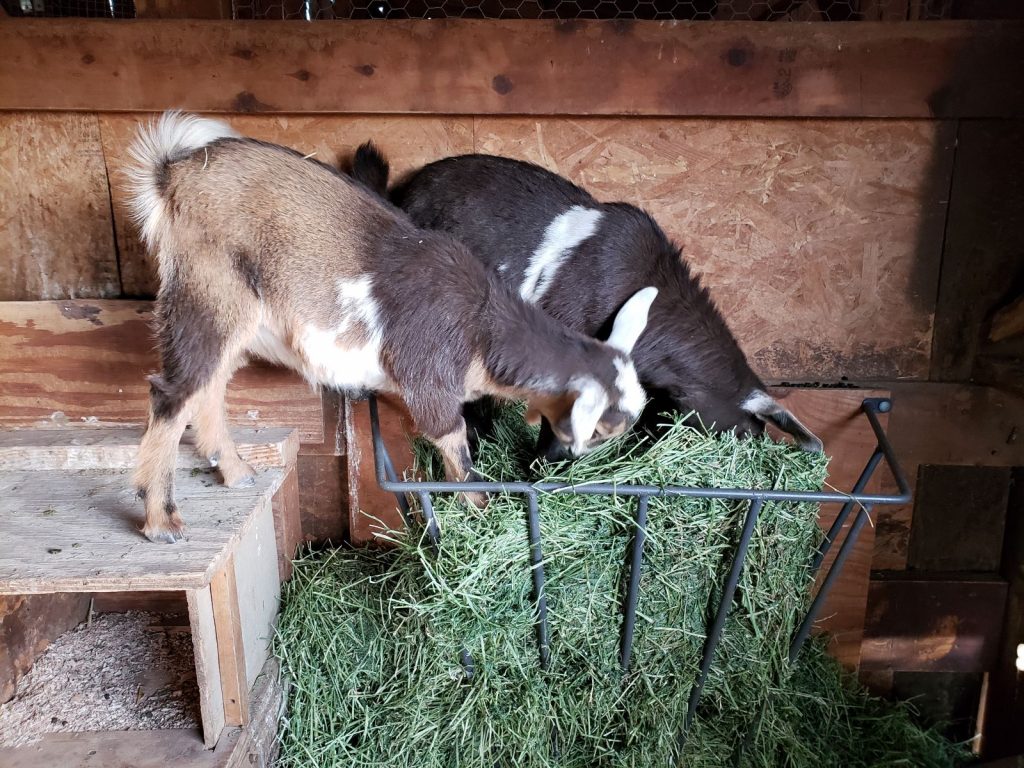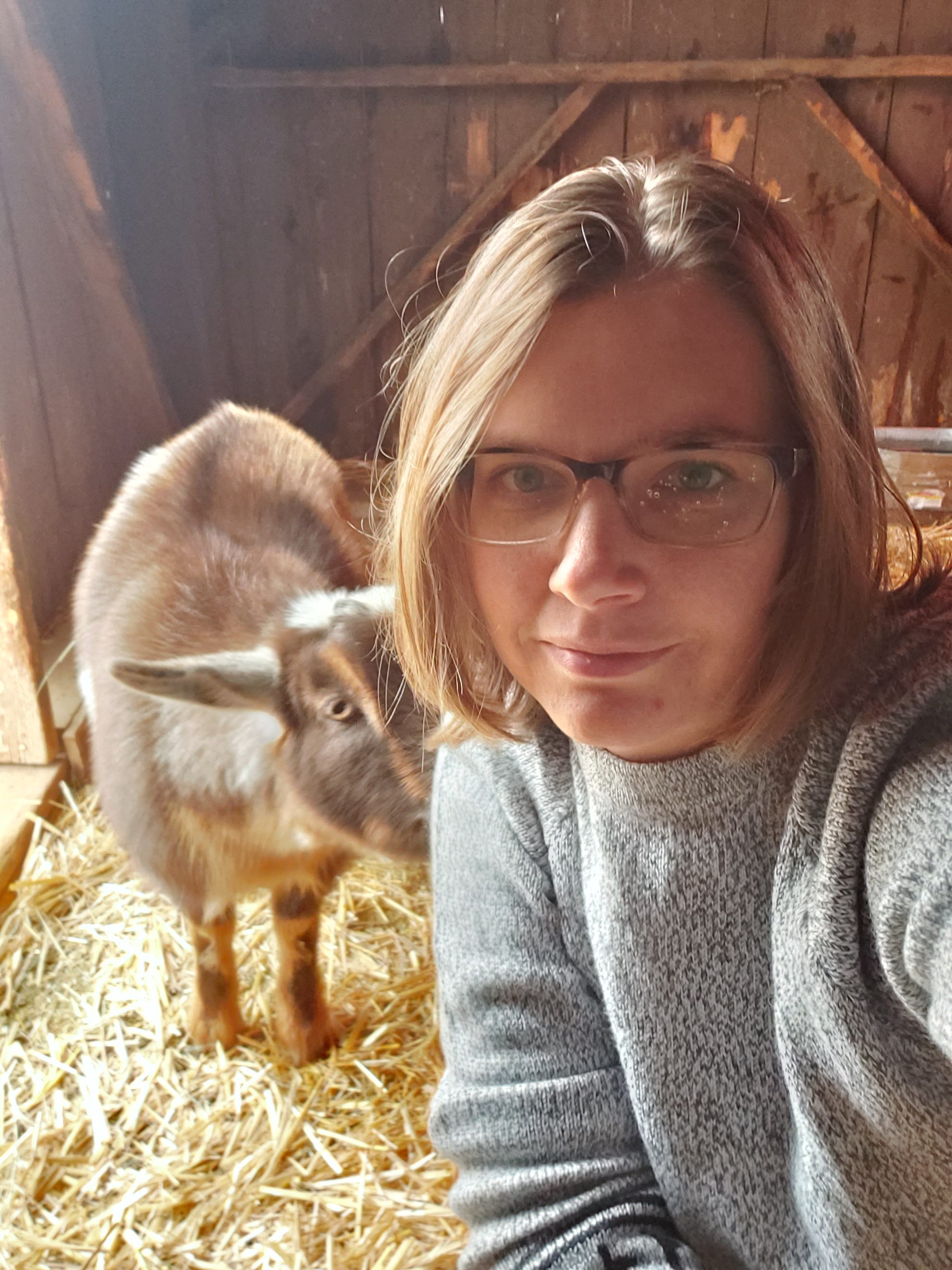 By Jessica Clark
By Jessica Clark
Communications Assistant Manager
Clark is a near lifelong Flagstaff resident, an NAU alumna and a recent edition to the NAU Communications team. She spends her free time raising plants and animals that can help feed her family and her community and dreams of developing her land into a proper small farm.
It started with chickens
When my husband and I bought our house east of Flagstaff in 2019, we had big plans to create a small farm. I dreamt of building wonderful gardens bursting with food and he of raising abundant livestock. So, we put our money into a house on a couple of acres and got started.
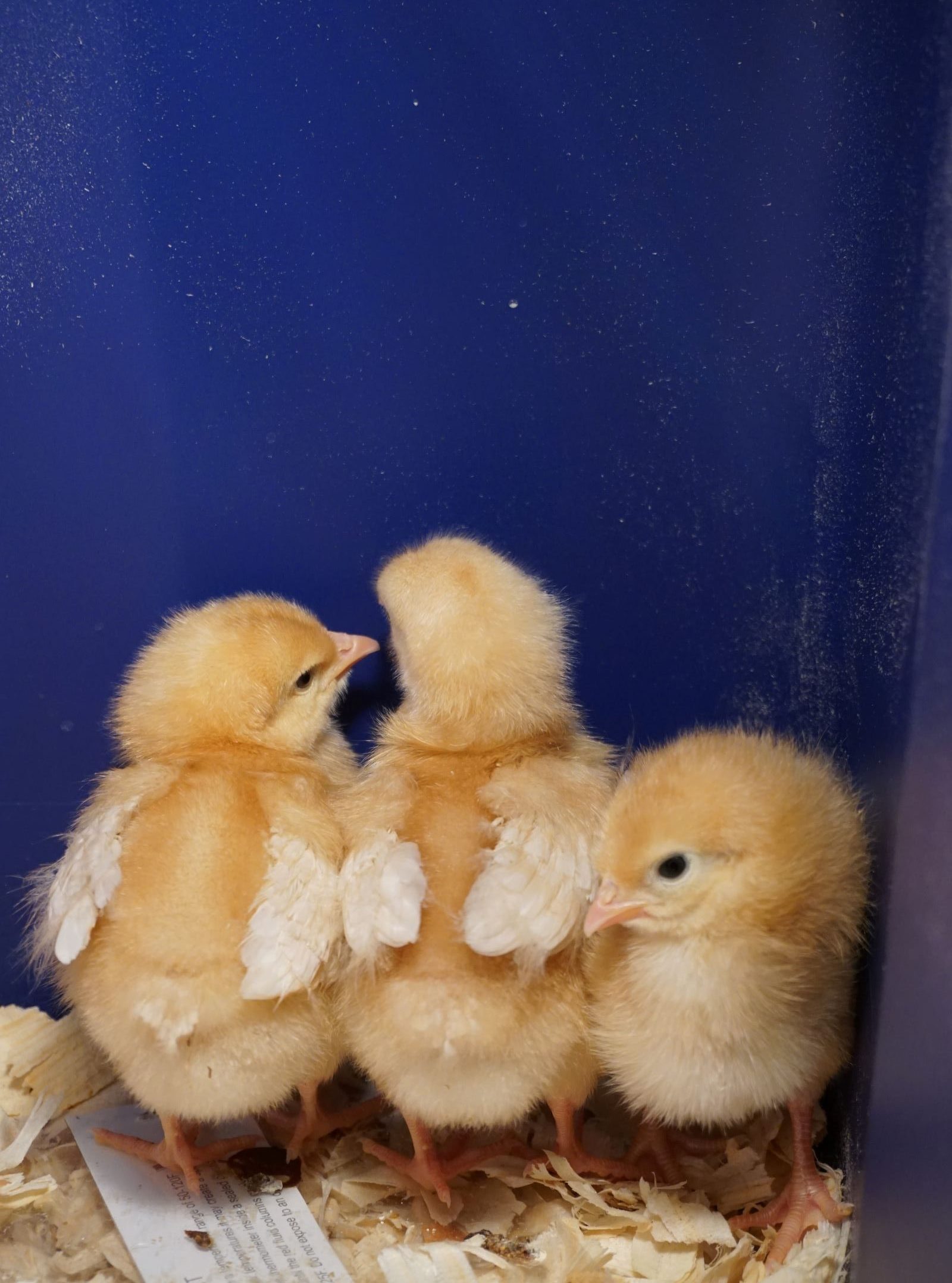
Our story of chicken multiplication is a little different from most. Before we purchased the golden chicks, we’d discovered that a rogue chicken had wandered into our barn from the neighbors’ house and laid a giant clutch of eggs. After what seemed like an age of watching and waiting, we assumed the eggs weren’t viable and made a trip to Tractor Supply to take advantage of chick-buying season. We should have counted the days.
It turned out that stray, broody hen knew exactly what she was doing. In all, we counted 14 chicks hatched, and for a time, any visit to either the garage or the barn elicited cheeping.
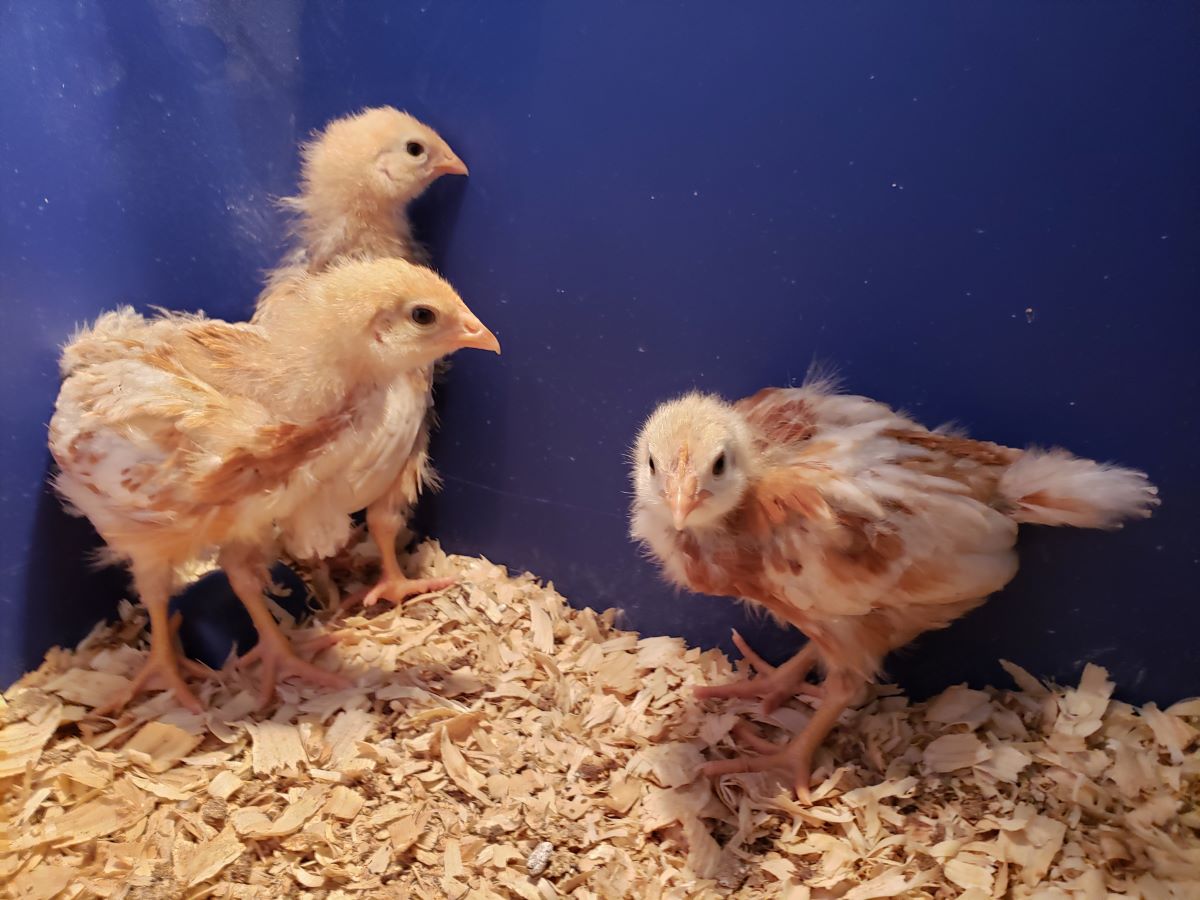
By the end of our first spring, we’d become the caretakers for seven chickens—three plump domestic hens, three slim, breedless feral birds—one of which would turn out to be a rooster—and one rambling mama whose wanderlust was so strong that she eventually flew the literal coop, escaped into the adjacent yard and was seen only once thereafter, screaming into the neighbor’s empty, echoing horse corral.
Chickens beget goats
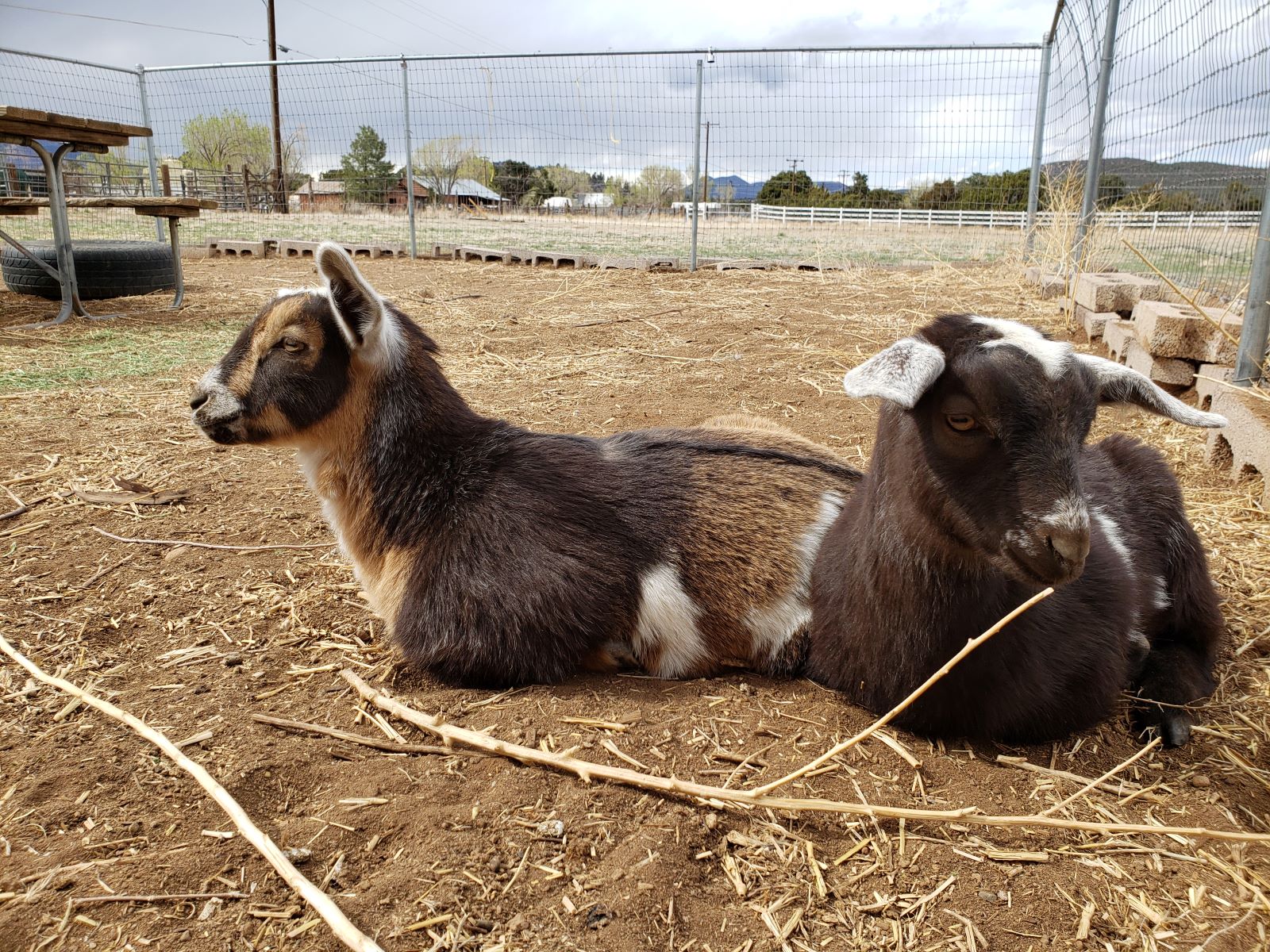
On some level, I had wanted goats for longer than I had any real plans to have a farm. I was not alone in being drawn to these odd creatures with their horns, hooves and slit-pupiled eyes—they have made appearances in the mythology and folklore of cultures around the world. Still, I was hesitant. Chickens were one thing, but I wasn’t sure we were ready to take on the increased work of caring for these bigger and needier animals.
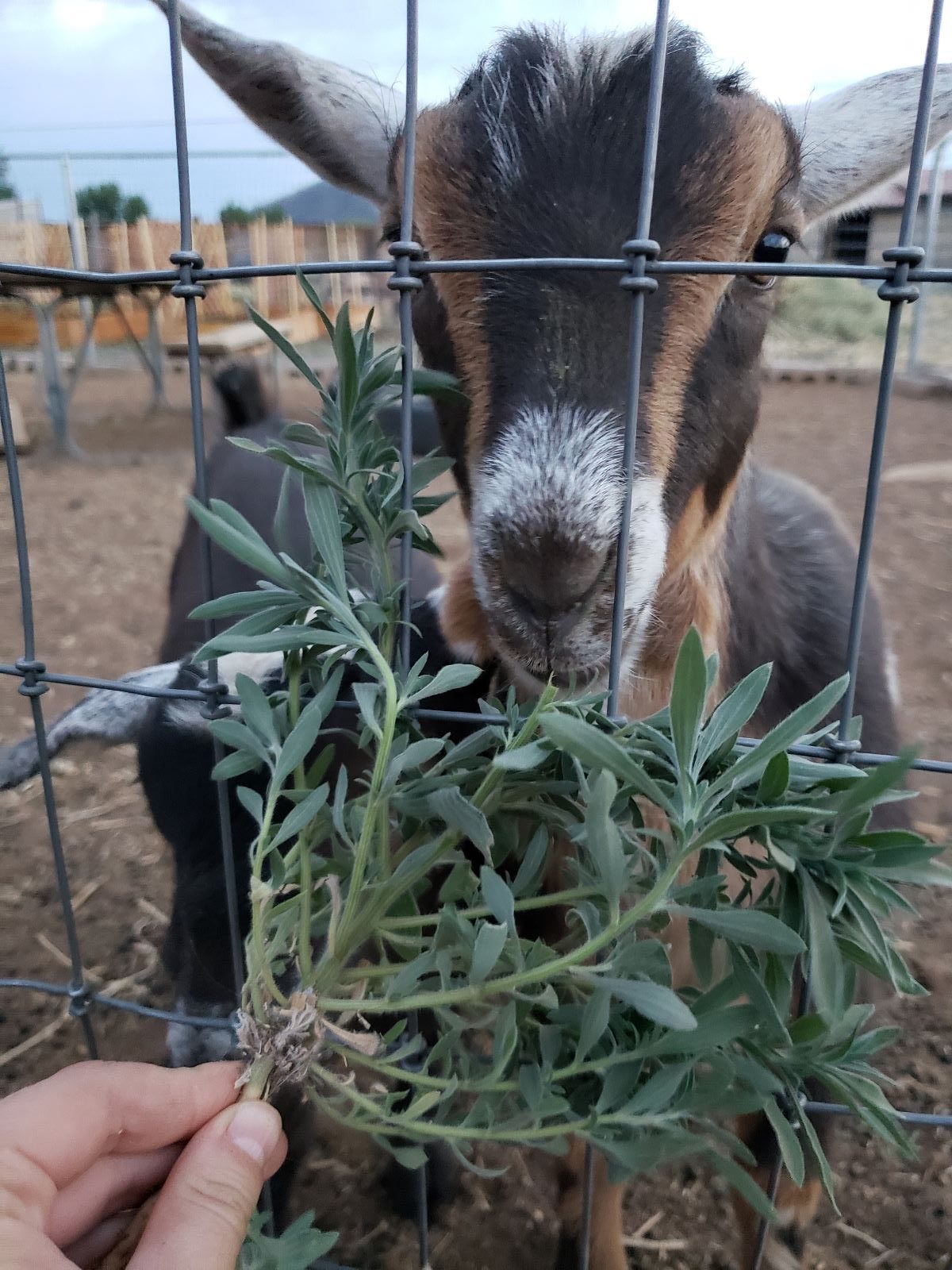
Goats are useful animals, particularly on small farms—they browse on weeds, provide milk and their soiled bedding can be composted and used to fertilize plants. But most importantly: Goats are fun! When we first brought home our two kids—young goats share the term with young humans—we found that crouching down anywhere near them prompted them to jump onto our backs, sometimes fighting each other for the high ground at our shoulders. (This has to be the phenomenon that started the trend of goat yoga.)
Now, fully grown, Domino and Daisy are too large to allow on our backs, but we still have a good time playing headbutting games and trying to keep them from chomping down on the stray ties and strings that dangle from our clothing and hats.
The spontaneous manifestation of cats
In our first year, not long after the surprise barn chickens, our barn also became host to two tiny gray kittens, and we began to joke that it was a magical animal-producing structure. At the time, we weren’t in the market for cats, so we captured them and took them to the nearby animal shelter. But only five months after taking on the goats, and after some rodent interference in the garden, we reconsidered our position on barn cats.
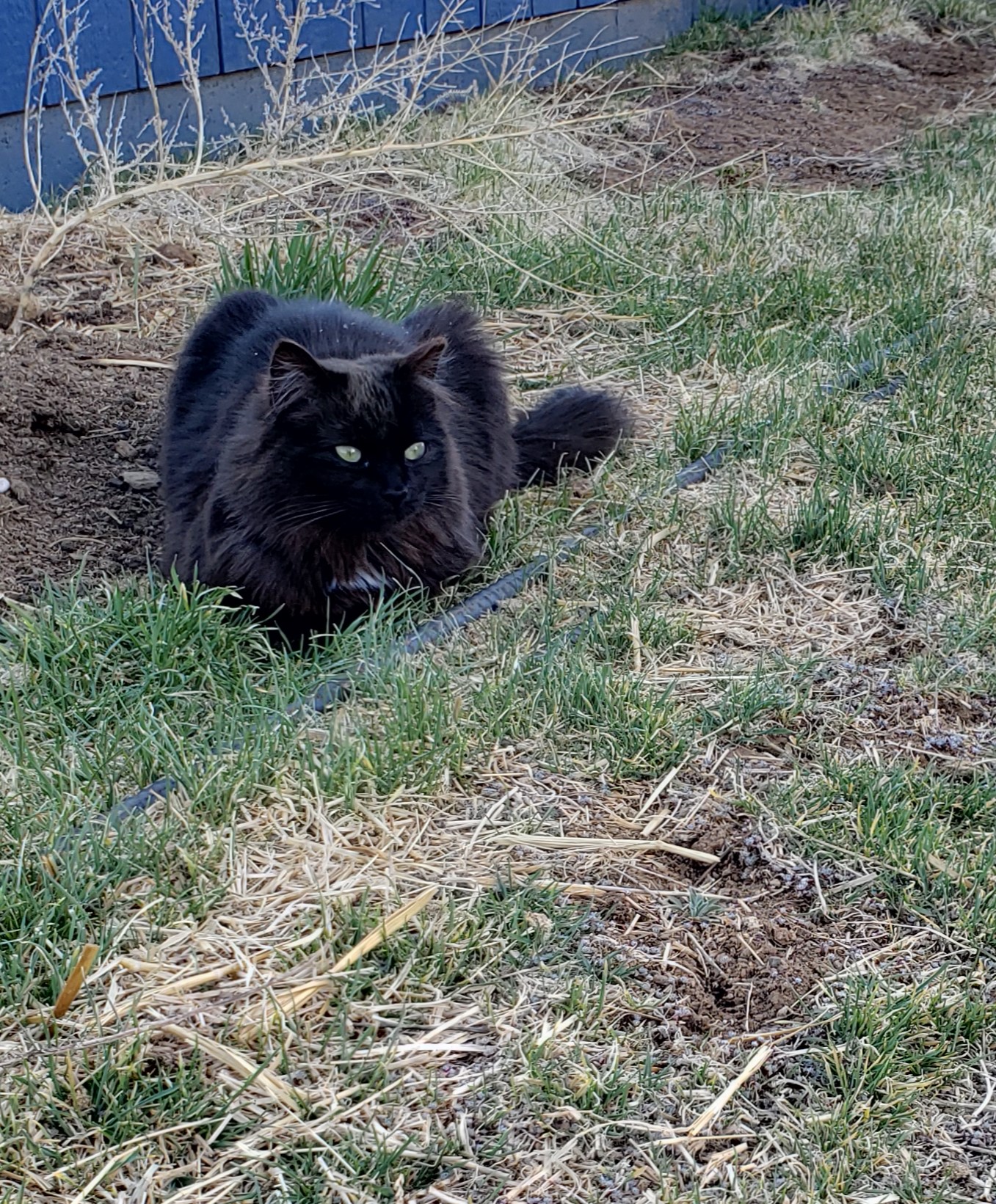
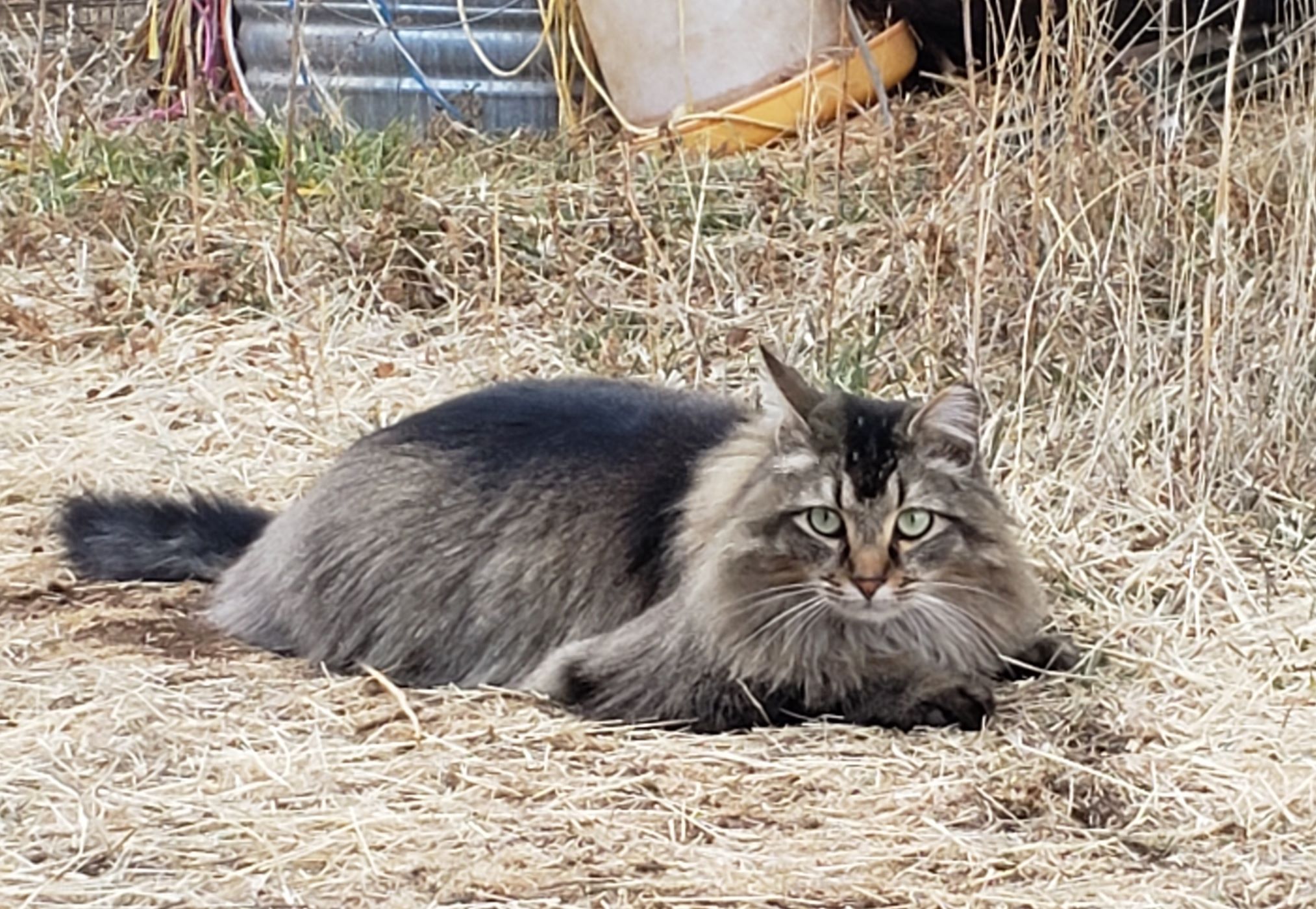
Today, only one of the original adoptees remains. Both my husband and I feel a great sense of accomplishment when this anti-social creature bravely holds his ground as we walk nearby or when he deigns to play with us—pouncing on the end of a piece of bailing twine one of us holds from many feet away.
Life support
Although we acquired each of these animals first for practical purposes—eggs, milk, manure, weed control, rodent control—their presence on our mini-farm has enriched our lives immeasurably. When working from home, I can take a break, walk outside and have a conversation with a goat or watch a flock of chickens forage. It provides a type of grounding that I didn’t know I wanted before filling my life with these animals. It isn’t easy—caring for them requires a lot of labor, it needs to be done daily and it makes vacation planning a nightmare. But they support me, just as I support them.
So the question is: Which do we get next—a highland cow or a donkey?
Jessica Clark | NAU Communications
jessica.clark@nau.edu
